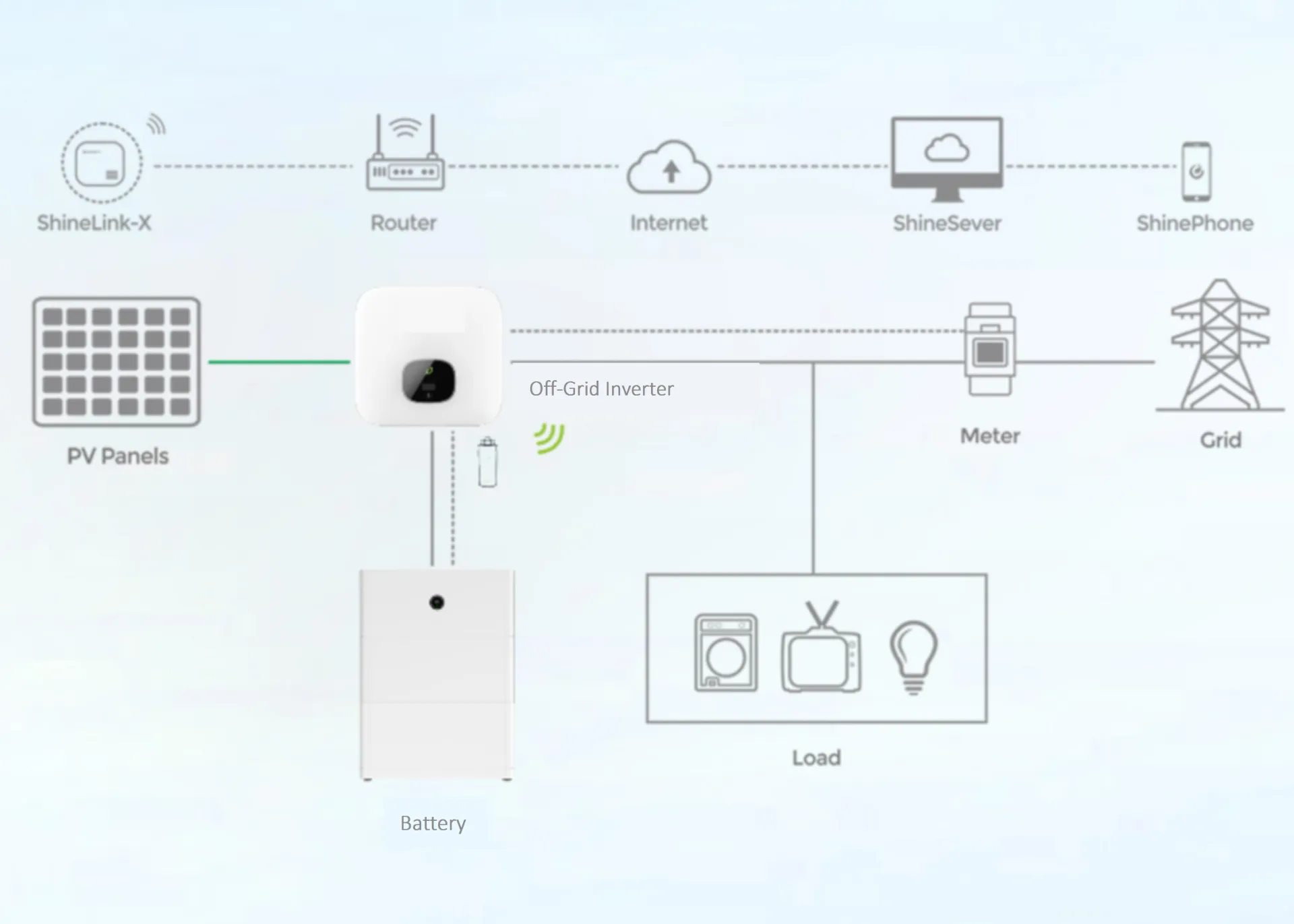Power Your Future with High-Efficiency Monocrystalline Solar Panels
As global demand for clean energy surges, homeowners, commercial developers, and utility-scale investors are turning to monocrystalline solar panels for their superior performance and long-term reliability. Their sleek black surface and unmatched efficiency make them the go-to solution for projects that require maximum energy yield in limited space.

Why Choose Monocrystalline Solar Panels Over Polycrystalline?
When comparing monocrystalline solar panels with their polycrystalline counterparts, the advantages of going mono are crystal clear. While both types convert sunlight into usable electricity, monocrystalline solar panels are crafted from a single crystal structure, allowing electrons to move more freely and efficiently. This leads to higher efficiency rates, often exceeding 20%, compared to 15-17% in polycrystalline versions.
Moreover, monocrystalline solar panels perform better in low-light and high-temperature conditions, making them ideal for regions with variable weather. Their sleek, black appearance is also aesthetically preferred for residential rooftops. In contrast, polycrystalline panels often appear blue and speckled, giving them a more industrial look.
Although the monocrystalline solar panel price is typically higher upfront, the extra efficiency means fewer panels are needed to achieve the same output. This leads to lower installation and mounting costs per watt—an essential consideration for maximizing return on investment.
The Production Process Behind Every Monocrystalline Solar Panel
The excellence of monocrystalline solar panels starts with the manufacturing process. High-purity silicon is used to grow a single, continuous crystal through the Czochralski method. This silicon ingot is then sliced into ultra-thin wafers to form the foundation of each panel.
Each wafer is meticulously treated and layered with anti-reflective coatings, conductive lines, and tempered glass to ensure high durability and consistent power output. Top monocrystalline solar panel manufacturer brands invest heavily in quality control, ensuring that every module meets rigorous industry standards.
Thanks to these technological advancements, modern monocrystalline solar panels for sale can now offer performance warranties of 25 years or more, with minimal degradation in power output over time.
How to Select the Right Monocrystalline Solar Panels for Sale
Choosing the right solar solution from the wide range of monocrystalline solar panels for sale can be overwhelming, especially with varying specifications and price points. Here are the key factors to consider:
First, evaluate the wattage per panel. Higher-watt panels are more space-efficient, which is essential for limited roof space. Next, consider efficiency ratings—aim for panels above 20% for best results. Also, check whether the product is backed by a tier-one monocrystalline solar panel manufacturer, as this guarantees long-term reliability and support.
It’s also important to understand your specific application. Is it for residential, commercial, or off-grid use? Some panels are optimized for high-voltage systems or battery integration. For homeowners, aesthetics might play a role too. The uniform black color of monocrystalline solar panels gives a premium look to any rooftop installation.
Lastly, compare the monocrystalline solar panel price in terms of cost per watt, not just per panel. Sometimes a slightly more expensive panel yields significantly more power, reducing your payback period.
Navigating the Current Market: Monocrystalline Solar Panel Price Trends
As technology matures and manufacturing scales up, the monocrystalline solar panel price is becoming increasingly competitive. Just a decade ago, monocrystalline was seen as a premium option. Today, it’s quickly becoming the standard across residential and commercial markets due to its performance advantages.
Most monocrystalline solar panel manufacturers are now focused on enhancing efficiency while reducing production costs. This trend, combined with strong global demand, has created a surge in options for quality monocrystalline solar panels for sale across all market segments.
Incentives, government rebates, and global carbon-neutral policies further support the affordability of these panels. Whether you're a contractor sourcing bulk modules or a homeowner planning an upgrade, now is an excellent time to invest in high-performance monocrystalline solar panels at a competitive rate.
Monocrystalline Solar Panels FAQs
How are monocrystalline solar panels different from polycrystalline panels?
Monocrystalline solar panels are made from a single crystal structure, offering higher efficiency and better performance in low-light conditions compared to polycrystalline panels.
What should I consider when comparing the monocrystalline solar panel price?
Look beyond the price per panel—focus on efficiency, power output per watt, warranty, and manufacturer reputation to assess true value.
Can I trust all monocrystalline solar panel manufacturers?
Not all are equal. Choose a well-established monocrystalline solar panel manufacturer with certifications, long-term warranties, and proven field performance.
How long do monocrystalline solar panels for sale typically last?
Most come with 25-year performance warranties and maintain over 80% output efficiency even after two decades of use.
Are monocrystalline solar panels suitable for off-grid systems?
Yes, they are ideal for off-grid use due to their high efficiency and ability to generate more power in compact spaces, reducing the need for multiple modules.
-
String Solar Inverter: The High-Efficiency Solution for Smart Solar Energyຂ່າວJul.14,2025
-
Revolutionizing Rooftop Energy with the Power of the Micro Solar Inverterຂ່າວJul.14,2025
-
Power Independence with Smart Off Grid Solar Inverter Solutionsຂ່າວJul.14,2025
-
On Grid Solar Inverter: Powering the Future with Smart Grid Integrationຂ່າວJul.14,2025
-
Monocrystalline Solar Panels: High-Efficiency Power for the Future of Clean Energyຂ່າວJul.14,2025
-
Bifacial Solar Panel: A Smarter Investment for Next-Generation Energy Systemsຂ່າວJul.14,2025







